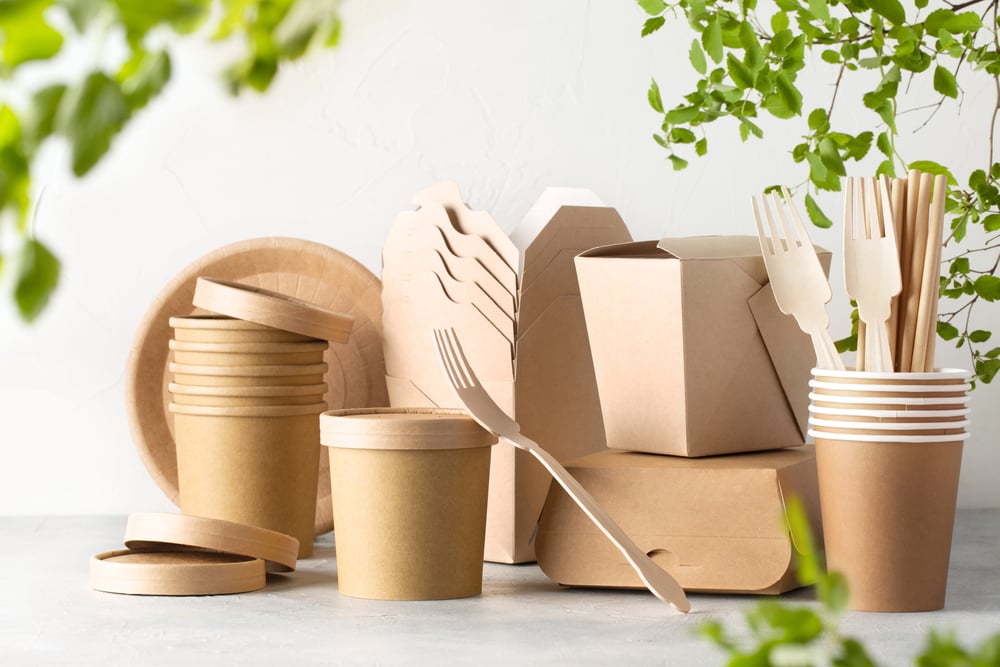
Biodegradable packaging products include containers, bags, wrappers and other packaging material that can be broken down into carbon dioxide, water, and biomass by micro-organisms and enzymes within a short period. These packaging products provide an eco-friendly alternative to traditional plastics used for packaging.
The Biodegradable Packaging Market is estimated for 2023 for the forecast period 2023-2030, as highlighted in a new report published by Coherent Market Insights.
Market Dynamics:
The biodegradable packaging market is expected to witness significant growth over the forecast period owing to rising environmental concerns about non-biodegradable plastic pollution. Growing awareness regarding the harmful effects of plastic waste on the environment and wildlife is prompting manufacturers and retailers to shift toward sustainable packaging solutions. Furthermore, stringent government regulations regarding single-use plastics in many countries are also fueling the demand for biodegradable packaging products. Growing food and beverage industry worldwide has further augmented the need for sustainable packaging, thereby supporting the market growth.
Increasing Concerns About Plastic Waste Generation and Its Adverse Impact on the Environment
The exponential growth in the use of plastics has led to a massive accumulation of plastic waste worldwide. Most plastics are non-biodegradable and persist in the environment for a very long time, polluting land, water bodies, and even entering the food chain. There is a growing realization that conventional plastic packaging is unsustainable and harmful. Biodegradable packaging provides a viable alternative as it breaks down and decomposes within a short span when disposed of properly. Products made from biodegradable materials like paper, plants and leaves have a significantly lesser environmental footprint. The push for sustainability and environmental protection has prompted many companies and consumers to switch to eco-friendly biodegradable packaging solutions. Governments across nations have also implemented various policies and regulations to curb plastic waste and promote sustainable alternatives.
Need for Improved Functional Properties and Product Shelf Life to Match Conventional Plastics
While biodegradable packaging scores high on sustainability, its functional properties and shelf life are still not always at par with conventional plastic packaging. Materials break down faster affecting product protection during transport and storage. Bioplastics often lack the desired barrier properties against moisture, gases and grease. Adopting advanced material science and nanotechnologies can help develop new biomaterials and composites with performance standards matching petroleum-based plastics. However, achieving functional equivalence continues to be a technological challenge, especially for packaging perishable food and other consumer products with stringent preservation needs. This remains a key restraint limiting wider acceptance of biodegradable packaging in applications requiring long shelf life stability.
Growing Demand for Sustainable Packaging Solutions Across Industries
The rising focus on sustainability is motivating different industry verticals to reconsider their packaging strategies and shift towardsgreener options. Food and beverage manufacturers are under pressure to replace single-use plastics with renewable and compostable alternatives. E-commerce companies are activelysourcing biodegradable mailers, envelopes and padded wraps for shipping and deliveries. Even sectors like pharmaceuticals and cosmetics are showing interest inbiobased packaging made from agricultural residues and forest products. This widespread industry pivot to sustainability presents lucrative opportunities for manufacturers of biodegradable films, boxes, bottles and other packaging formats. Partnerships across supply chains can help scale the production and commercialization of advanced biopackaging solutions.
Increased Adoption of Bioplastics and Transition to a Circular Economy Model
After years of slow growth, bioplastics are entering the mainstream alongside the broader transition towards a circular economy. Countries worldwide are implementing extended producer responsibility regulations making brands accountable for post-consumer packaging waste. This emphasizes the recyclability or compostability of packaging right from the design stage. Government incentives and industry consortiums also promote bioplastic recycling research with the goal of establishing dedicated collection, sorting and reprocessing infrastructure. As technologies improve viability, more players are embracing biodegradable materials and innovative business models like 'cradle to cradle' design. Going forward, the adoption of bioplastics and circular economy approaches will increasingly shape the future landscape of the packaging sector.























